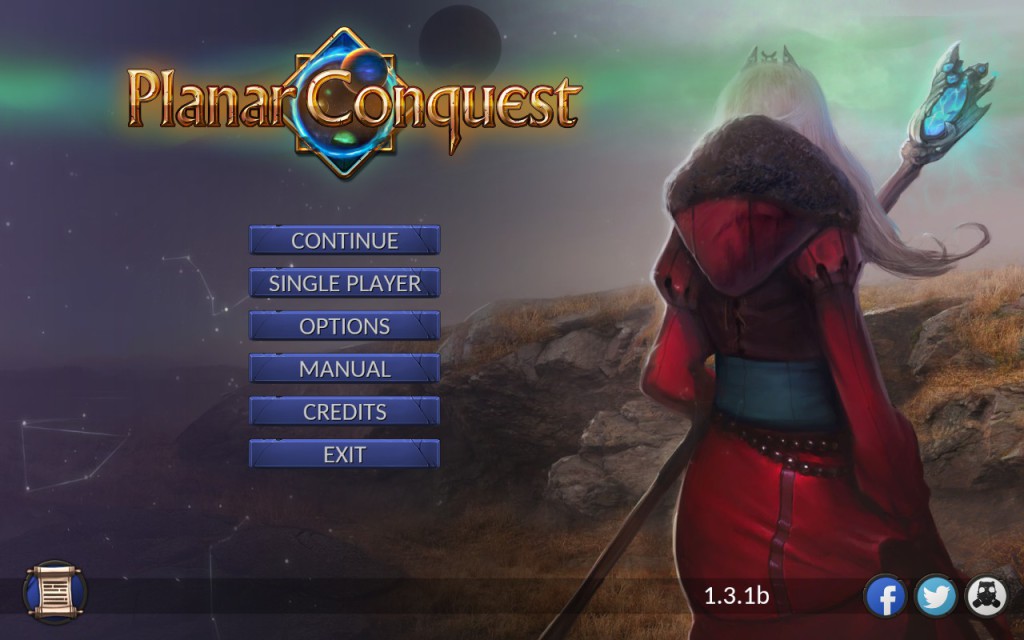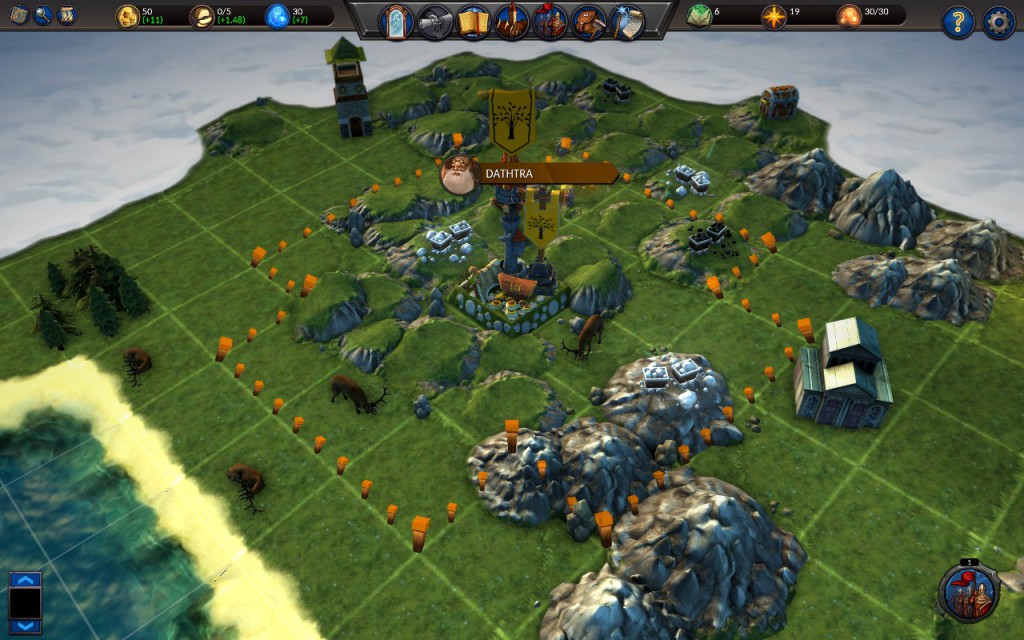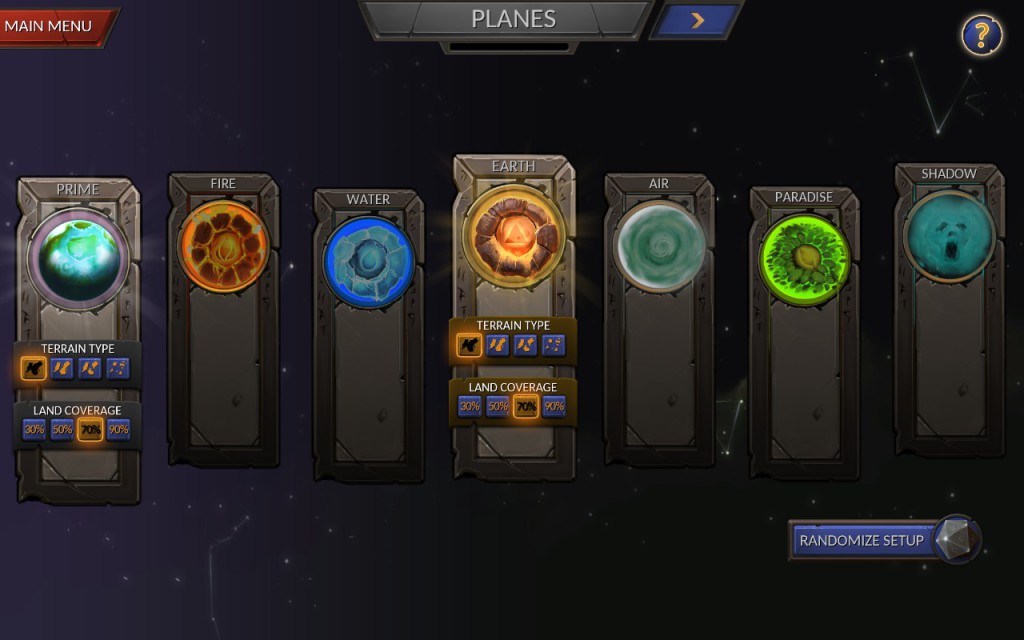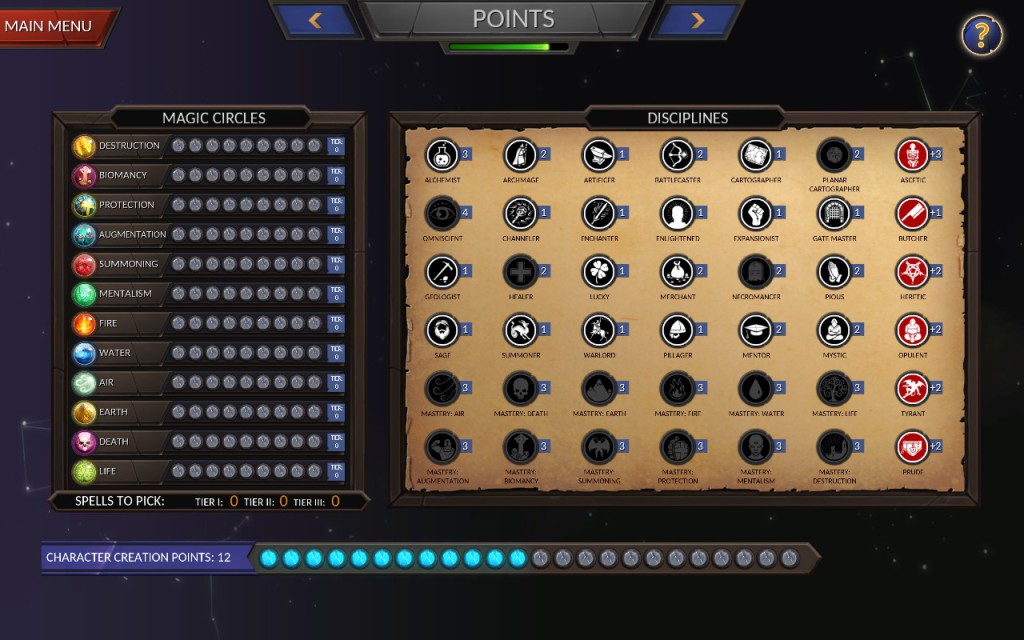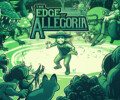
Delevopers: Wastelands Interactive
Publisher: Wastelands Interactive
Platforms: PC, Android, IOS
Tested On: PC
Planar Conquest – Review
Inspired by the popular 4X strategy game Master Of Magic, developers Wastelands Interactive have brought us Planar Conquest – a highly customizable turn based strategy that will have you thinking of Civilization and Dungeons and Dragons all at once.
Story
Planar Conquest is set in the magical world of Caldrean, a land torn apart by sorcerer lords using their powers to become gods. As a result of the chaos, the world was eventually destroyed and the people of Caldrean fled through gateways to new worlds. The sorcerer lords that caused the destruction fled to new lands also, with the intent of waging wars across the new planes. However, these worlds were different, and the sorcerer lords found themselves having to start fresh and learn the ways of the new powers.
You take on the roll of one of these Sorcerer Lords, with the goal of conquering the universe with any combination of magic, military and diplomacy you see fit. As you begin, you have a small amount of knowledge and a small army, but as you continue on your path and use all resources available, your power and armies become greater. It is up to you to lead your empire to victory.
Graphics
The graphics of Planar Conquest have an old school charm to them, and while they wont blow you away a quick tinker with the settings will make them easier on the eyes. It uses a top down view (like most strategy games.) The graphics have an odd combination of old school and shiny, which can be a bit difficult to get used too. However the writing on your information bar is rather small and difficult to see. The animations in the world view for both your characters and other features such as animals, water, and glowing on chests and ores seem a little jagged when you zoom in and focus, but they don’t really distract from the game. The animation in combat runs as smooth as you could ask for with graphics like these
Sound
The music in Planar Conquest itself is a beautiful set of scores to listen too, but the sound effects list is rather limited. The sounds used for tasks such as walking, spell casting and the sound of weapons unsheathing at the beginning of combat are fine, however the sound that plays when a unit is down during combat is ridiculous and will have you cringing and considering muting the SFX.
Gameplay
Planar Conquest is a turn-based strategy game, with fantasy elements that remind you of Dungeons and Dragons.
You start off by selecting the planes you will be exploring on from a list of 7 types of planets, each with their own advantages and disadvantages. You can select any number of them you feel comfortable with, or you can click the randomize button in the lower corner and let the game decide for you.
You then move on to the gameplay options, such as number of opponents, difficulty, world size, movement and game speed, and the frequency of resources and features. Next comes the faction select which allows you to pick from 8 factions, each with a handful of advantages and disadvantages.
When creating your lord, you are given the option of selecting a premade sorcerer lord, or creating your own, which lets you determine exactly what kind of sorcerer you want to be. You do this by spending your points into Spell Circles and Disciplines. Spell circles determine your spell casting abilities while disciplines are your additional perks that influence your character. You are then given a list of spells to choose from based on what you spend points on.
Planar Conquest’s gameplay follows the 4x Formula – eXplore, eXpand, eXploit and eXterminate. This game unfortunately lacks a tutorial system, which can be pretty tough on players that aren’t familiar with the style, but for strategy veterans this calls to a sense of nostalgia, with one of your options of help being to turn to the game’s manual. If you find yourself stuck, there is a hint button that explains a lot of the features and functions.
At the top of your screen is your hud, which tells you how many resources you have, how much food you have, how much mana you have and also holds your spell casting and research menu. On the lower right hand corner is your notifications. These notifications walk you through what needs to be done before you end your turn, such as beginning research on more spells, starting production in your cities or unspent movement points for your armies.
You make your way around the land, collecting resources and building armies so you can expand and conquer. There are treasure chests placed all over the land that provide boosts to resources and experience, and dungeons that you can conquer for rewards. These dungeons have a threat rating of easy to hard, and have a list of possible enemies you may face.
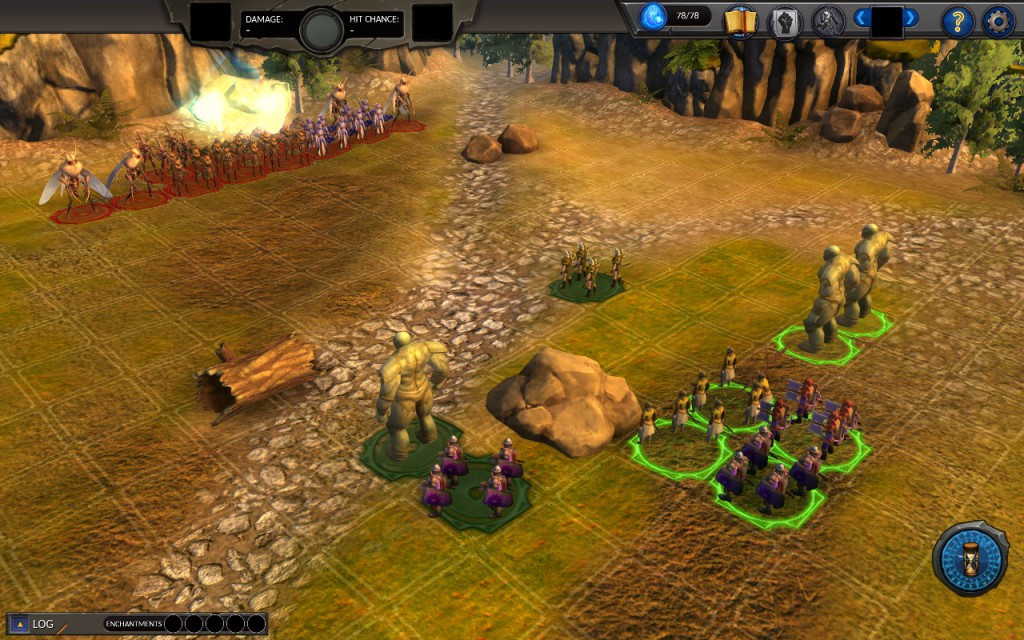
The combat in Planar Conquest is turn based. You prepare for battle by selecting your participating armies and placing them strategically on the board. You can then cast spells, shoot ranged attacks or move closer to your enemies. You then take turns hacking and slashing at each other until you are victorious or defeated. The game does feature an auto-combat option if you don’t feel like putting in the work yourself.
Always make sure you have enough resources, and your defenses are in order. AI armies will attack your strongholds, and an unhappy city causes rebellion. Rebellious cities will not produce anything, and if you run out of food, your armies will desert you.
Conclusion
Planar Conquest does have its kinks, but it definitely appeals to lovers of 4x strategy. It’s a decent mix of strategy and fantasy, with a very detailed character creation and many gameplay options to choose from. It might be a bit of a challenge to learn at first for some, but once you get the hang of it you’ll be clicking away for hours. If you’re really new to 4X this probably isn’t the best game to learn from due to the lack of help, but if you’re determined you will get the hang of it and enjoy yourself.

